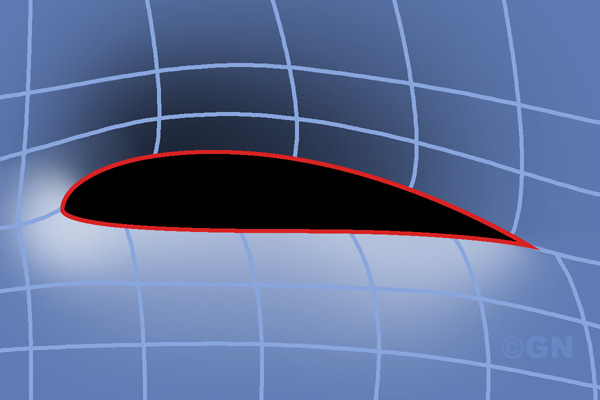
Supercritical airfoils employ a flattened upper surface, highly cambered (curved) aft section, and greater leading-edge radius as compared to traditional airfoil shapes. It is used for near-supersonic flight and produces a higher lift-to-drag ratio at near supersonic flight than traditional airfoils. One recent cambered design is called the supercritical airfoil. This ensures that, as the aircraft approaches the stall, the wing root stalls before the tip, giving the aircraft resistance to spinning and maintaining aileron effectiveness close to the stall. An aircraft with cambered wings will have a lower stalling speed than an aircraft with a similar wing loading and symmetric airfoil wings.Īn aircraft designer may also reduce the angle of attack of the outboard section of the wings. This minimizes the stalling speed of aircraft using the airfoil. Overview Ĭamber is usually designed into an airfoil to maximize its lift coefficient.

The benefits of cambering were discovered and first utilized by George Cayley in the early 19th century. An airfoil that is not cambered is called a symmetric airfoil. In aeronautics and aeronautical engineering, camber is the asymmetry between the two acting surfaces of an airfoil, with the top surface of a wing (or correspondingly the front surface of a propeller blade) commonly being more convex ( positive camber).


 0 kommentar(er)
0 kommentar(er)
